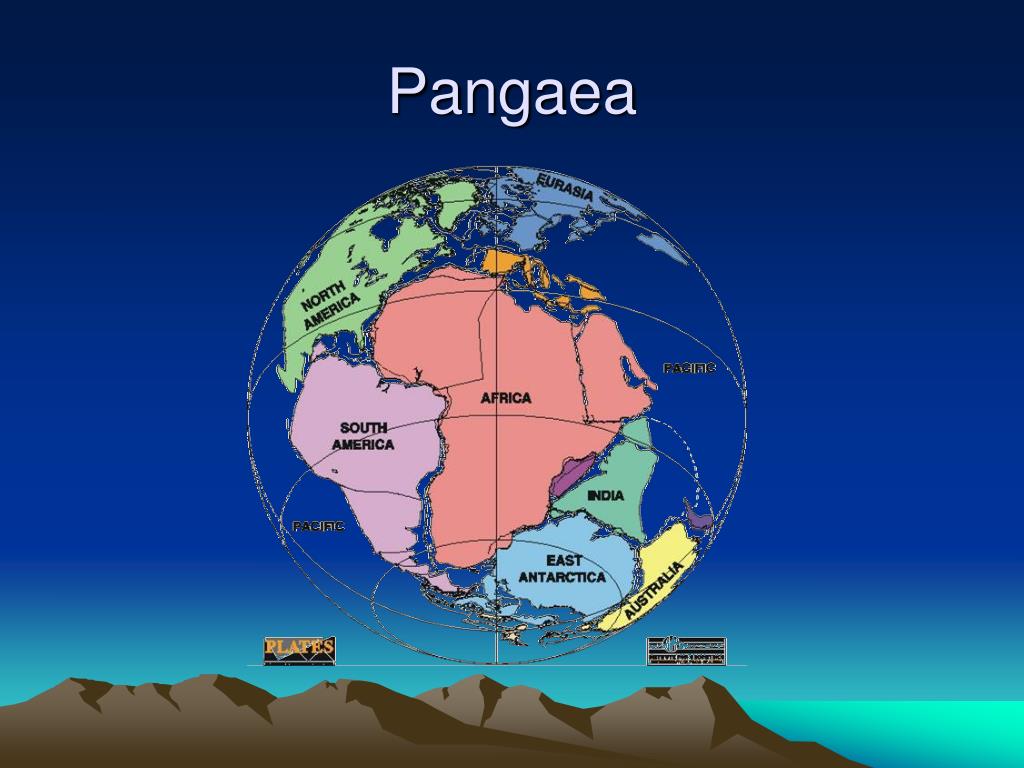
This process maintains the current average surface temperature of 14.76 ☌, at which water is liquid under atmospheric pressure. The water vapor acts as a greenhouse gas and, together with other greenhouse gases in the atmosphere, particularly carbon dioxide (CO 2), creates the conditions for both liquid surface water and water vapor to persist via the capturing of energy from the Sun's light. Water vapor is widely present in the atmosphere, forming clouds that cover most of the planet.

It has a composition of primarily nitrogen and oxygen. Inside Earth's crust is a liquid outer core that generates the magnetosphere, deflecting most of the destructive solar winds and cosmic radiation.Įarth has a dynamic atmosphere, which sustains Earth's surface conditions and protects it from most meteoroids and UV-light at entry.

Earth's land is part of Earth's crust, consisting of several slowly moving tectonic plates, which interact to produce mountain ranges, volcanoes, and earthquakes. Most of Earth's land is somewhat humid and covered by vegetation, while large sheets of ice at Earth's polar deserts retain more water than Earth's groundwater, lakes, rivers and atmospheric water together. The remaining 29.2% of Earth's surface is land, most of which is located in the form of continental landmasses within one hemisphere, Earth's land hemisphere. Almost all of Earth's water is contained in its global ocean, spanning 70.8% of Earth's surface.

This is enabled by Earth being a water world, the only one in the Solar System sustaining liquid surface water. Earth is the third planet from the Sun and the only astronomical object known where life developed and found habitability.


 0 kommentar(er)
0 kommentar(er)
